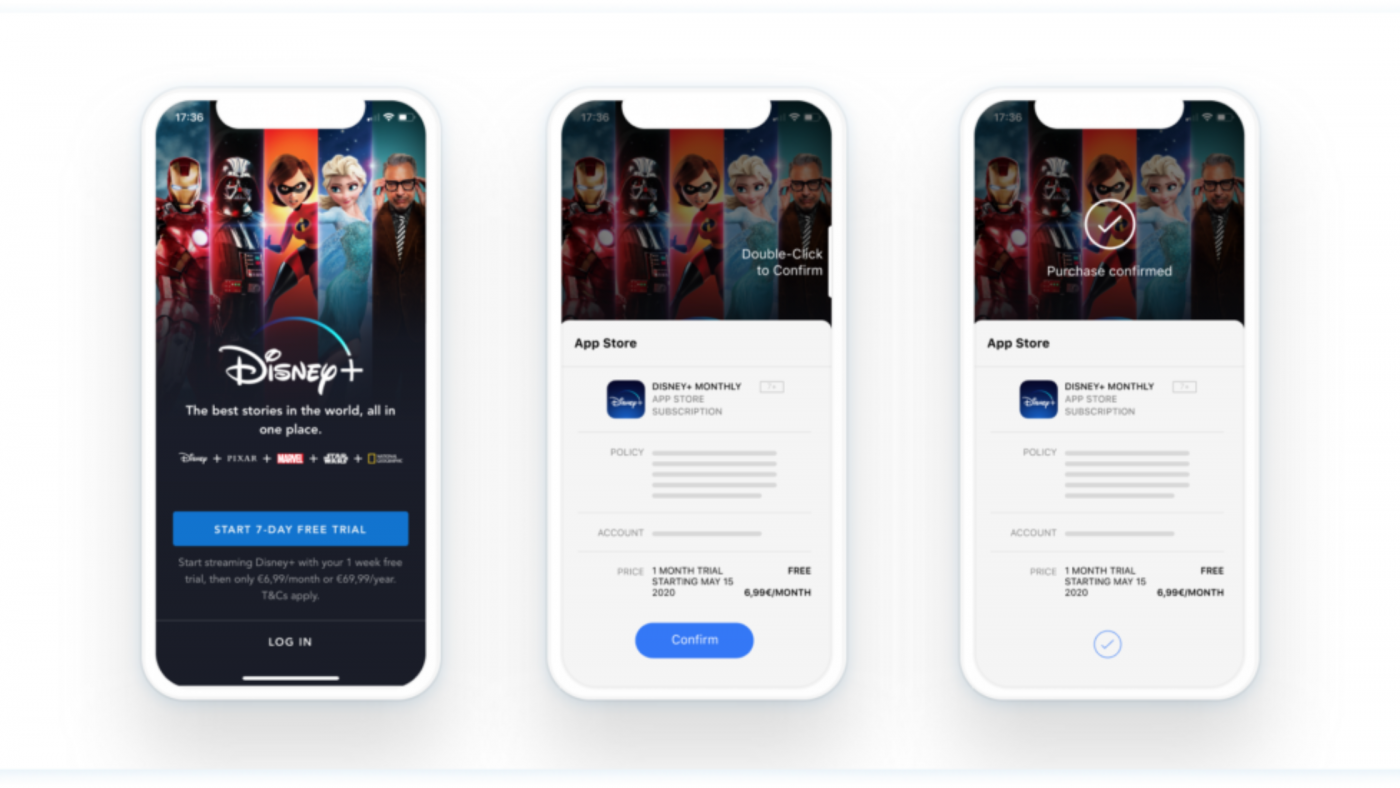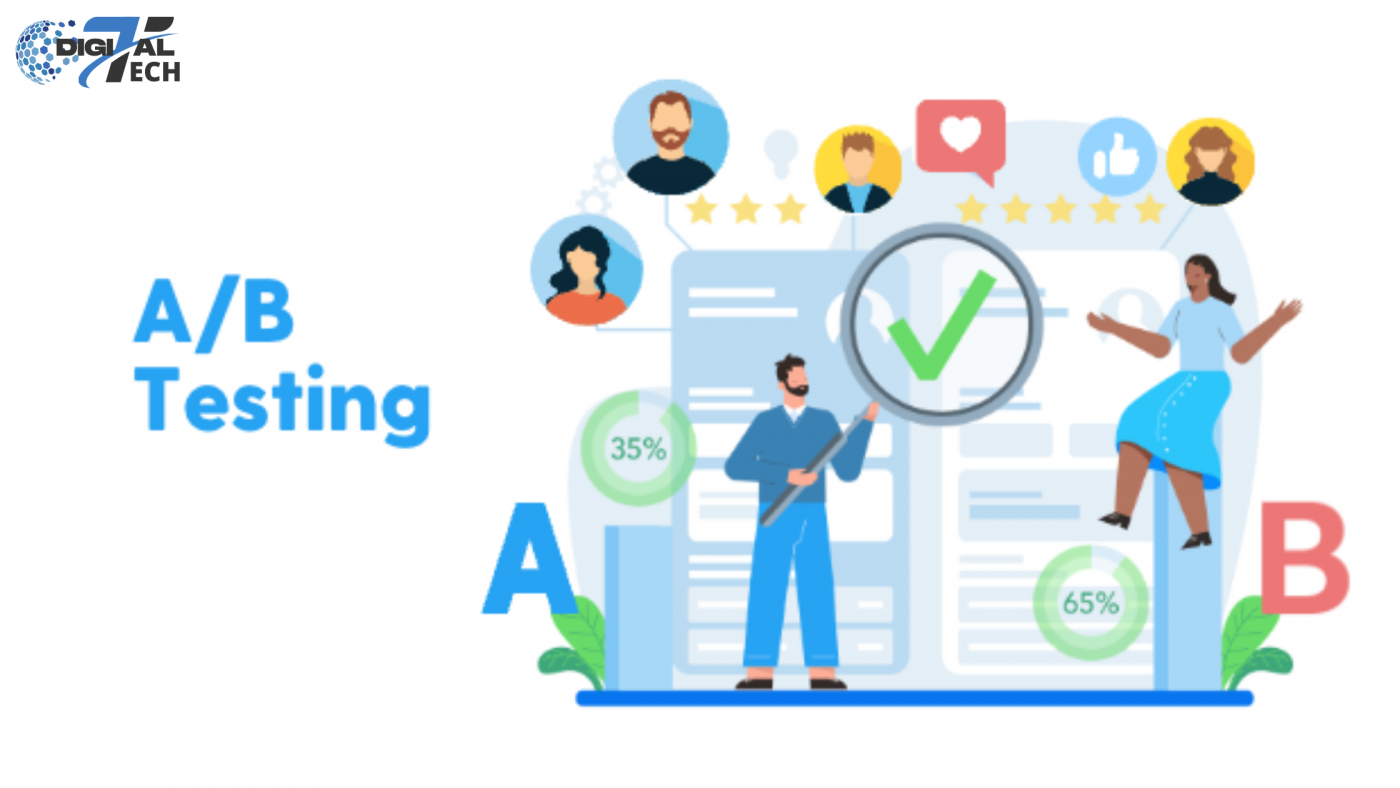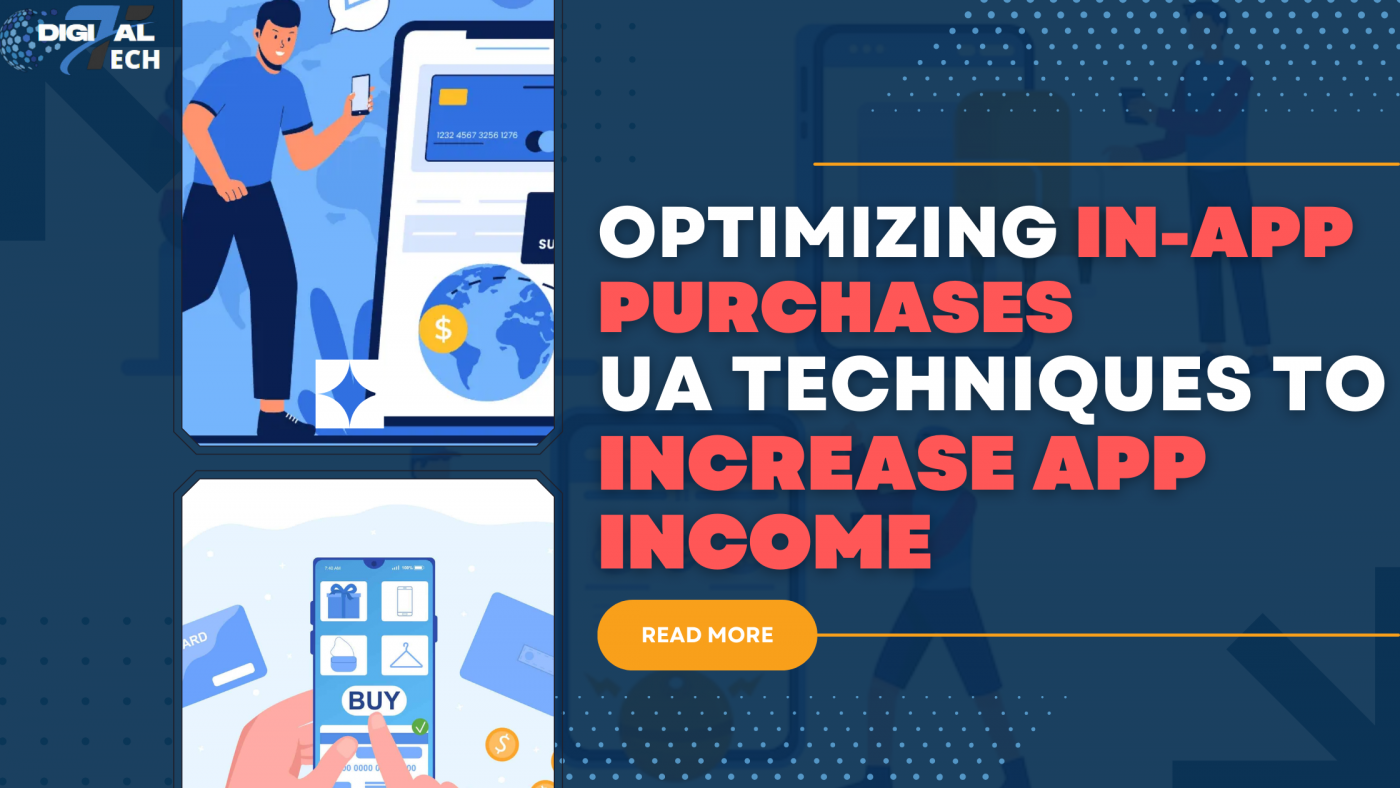Beyond only advertising, in-app transactions are essential to the commercialization of apps. Because of this, app developers are constantly searching for new partners who can help them maximize in-app purchases by bringing in high-quality users when they are working on user acquisition efforts.
This article explores the nuances of user acquisition and how to combine innovative strategies with data-driven insights to build a devoted user base and promote long-term revenue development through in-app payments.
1. What are in-app purchases?
In-app purchases (IAPs) are a key component of modern mobile app monetization, providing a flexible income source for the online community. Simply put, IAPs are transactions users make within a mobile app after its initial download. These transactions allow users to access premium content, unlock additional features, or enhance their overall app experience.

What are in-app purchases
While getting many downloads is an important first step, converting those downloads into active, paying users is the real challenge. In-app purchases are effective because they let users acquire premium content or unlock extra functionality, improving the entire app experience.
One of the main benefits of in-app purchases is their ability to cater to the diverse spending habits and preferences of mobile app users.
User engagement and retention, primarily driven by in-app purchases, must be the focus of a mobile app user acquisition strategy. Developers can foster commitment and investment within their user base by offering incentives for making a purchase, such as exclusive discounts, unique content access, or loyalty rewards.
2. Important indicators to increase in-app purchases
Increasing in-app purchases ROI is crucial for mobile app developers aiming to establish sustainable revenue streams. To achieve this goal, understanding and leveraging key metrics within a comprehensive user acquisition strategy is essential.
It’s crucial to grasp user retention indicators such as engagement levels and churn rate. A high churn rate signals the need for UX or product adjustments, indicating users leave without engagement or purchases. Conversely, high engagement suggests active user interaction, presenting opportunities for cross-selling or upselling.
Average revenue per user (ARPU) provides insights into spending behaviors, enabling developers to tailor in-app purchase strategies. Segmentation based on ARPU helps target high-value users with premium offers or customized incentives.
Analyzing conversion rates across the user journey identifies bottlenecks and areas for improvement. Techniques like retargeting or optimizing checkout processes can boost conversion rates, especially if many users abandon carts before completing transactions.
Tracking in-app purchase trends reveals behavioral patterns and seasonal variations. Developers can capitalize on peak shopping periods by adjusting marketing strategies using data analytics.
Integrating feedback systems like customer surveys enhances qualitative insights into purchase decisions. Understanding customer preferences, pain points, and satisfaction levels informs product development to enhance the overall in-app shopping experience.
3. Developing a successful UA approach for in-app purchases
For mobile app developers looking to increase income and optimize return on investment (ROI), creating a strong user acquisition (UA) strategy for in-app purchases is essential. Comprehending the complexities of user acquisition and its relationship to in-app purchases is crucial for long-term growth and financial success.
- It’s crucial to consider how well the UA approach aligns with the app’s monetization strategy. To attract users likely to make in-app purchases, developers must identify their target market and tailor acquisition strategies accordingly.

Identify their target market and tailor acquisition strategies accordingly.
- Tailoring messages, creatives, and targeting criteria in ads to highlight in-app purchase benefits can significantly boost conversion rates and lower user acquisition costs.

Tailoring messages, creatives, and targeting criteria in ads
- Analyzing user engagement metrics and purchase patterns provides valuable insights into user behavior, enabling developers to adjust their UA strategies based on audience preferences.

Analyzing user engagement metrics
- Developers should optimize the app’s conversion funnel—from initial ad impressions to in-app purchases—to ensure a seamless user experience and maximize conversion rates.

Optimize the app’s conversion funnel
- Implementing A/B and multivariate testing helps identify the most effective messaging, pricing strategies, and special offers, thus enhancing conversion rates and optimizing in-app purchase revenue.

Implementing A/B and multivariate testing
To maintain competitiveness in the ever-changing mobile app market, one must engage in constant monitoring, iteration, and optimization grounded in critical metrics and user insights.
4. Improving segmentation and targeting for the user acquisition strategy of mobile apps
Targeting involves identifying and reaching specific user demographic groups likely to engage with the app and make in-app purchases. This begins with thorough market research to understand the target audience’s requirements, preferences, and behaviors.
Developers create detailed user profiles and segment the audience based on demographics such as age, gender, interests, device type, location, and past purchasing behavior. They use demographic, psychographic, and behavioral data for this purpose.
Customizing marketing messages, ad creatives, and promotions tailored to each segment enhances the effectiveness of user acquisition efforts. Continuous analysis of user data and iterative targeting improvements enhance customer lifetime value, lower acquisition costs, and optimize user acquisition strategies.
Developers can pinpoint high-value user segments more accurately and efficiently by using advanced capabilities like contextual targeting, predictive analytics, and machine learning algorithms. This strategic approach boosts ROI from in-app purchases, drives sustainable growth, and builds long-term customer loyalty by improving conversion rates and increasing revenue.
5. Conclusion
Implementing targeting and segmentation in mobile app acquisition is crucial for success in in-app purchases and ROI.
Developers enhance campaign effectiveness by tailoring marketing to specific user segments through thorough audience analysis.
To stay competitive in the dynamic app market, continuous improvement of targeting strategies and adoption of innovative tactics are essential, alongside rigorous data-driven optimization efforts.

